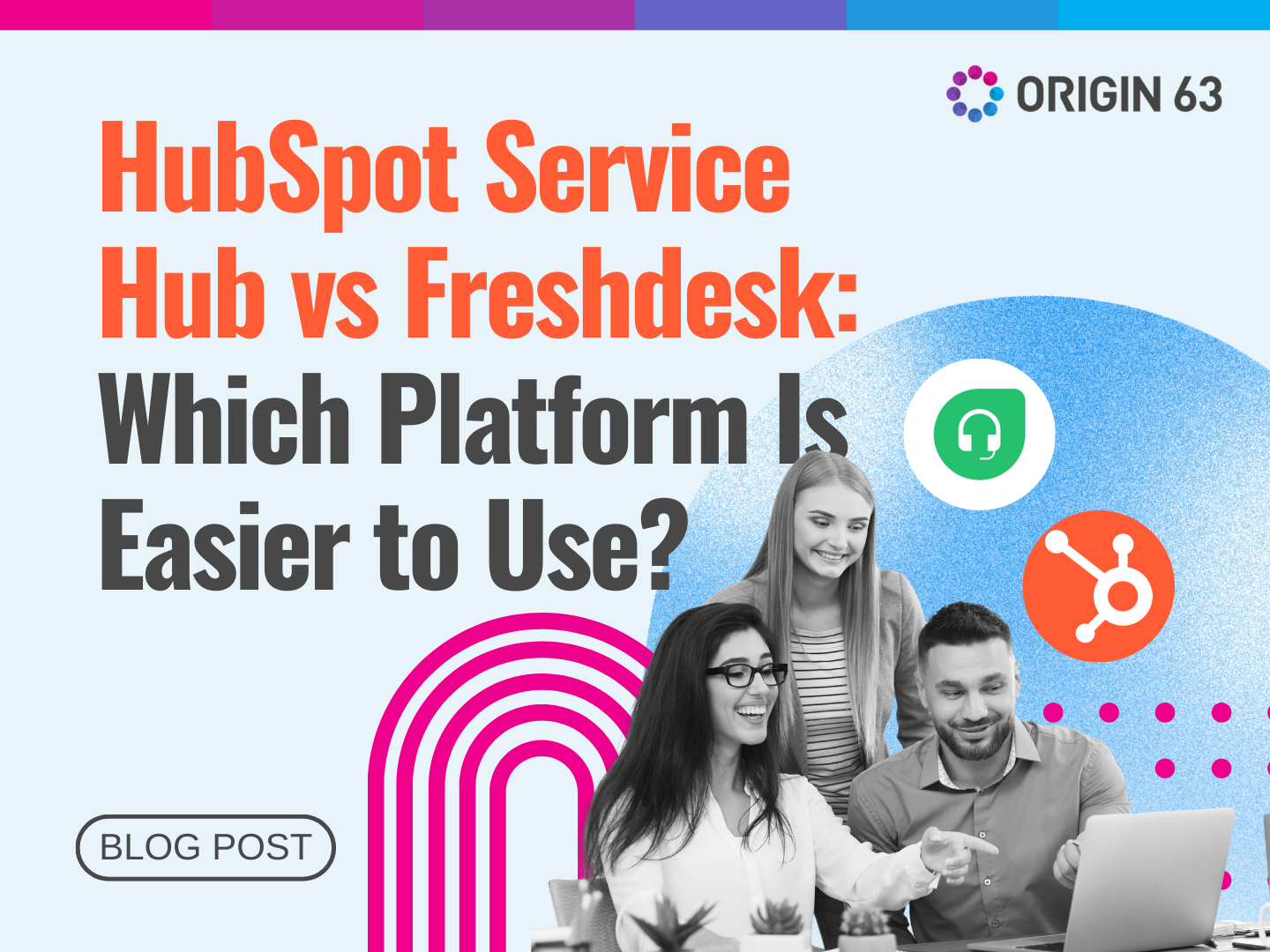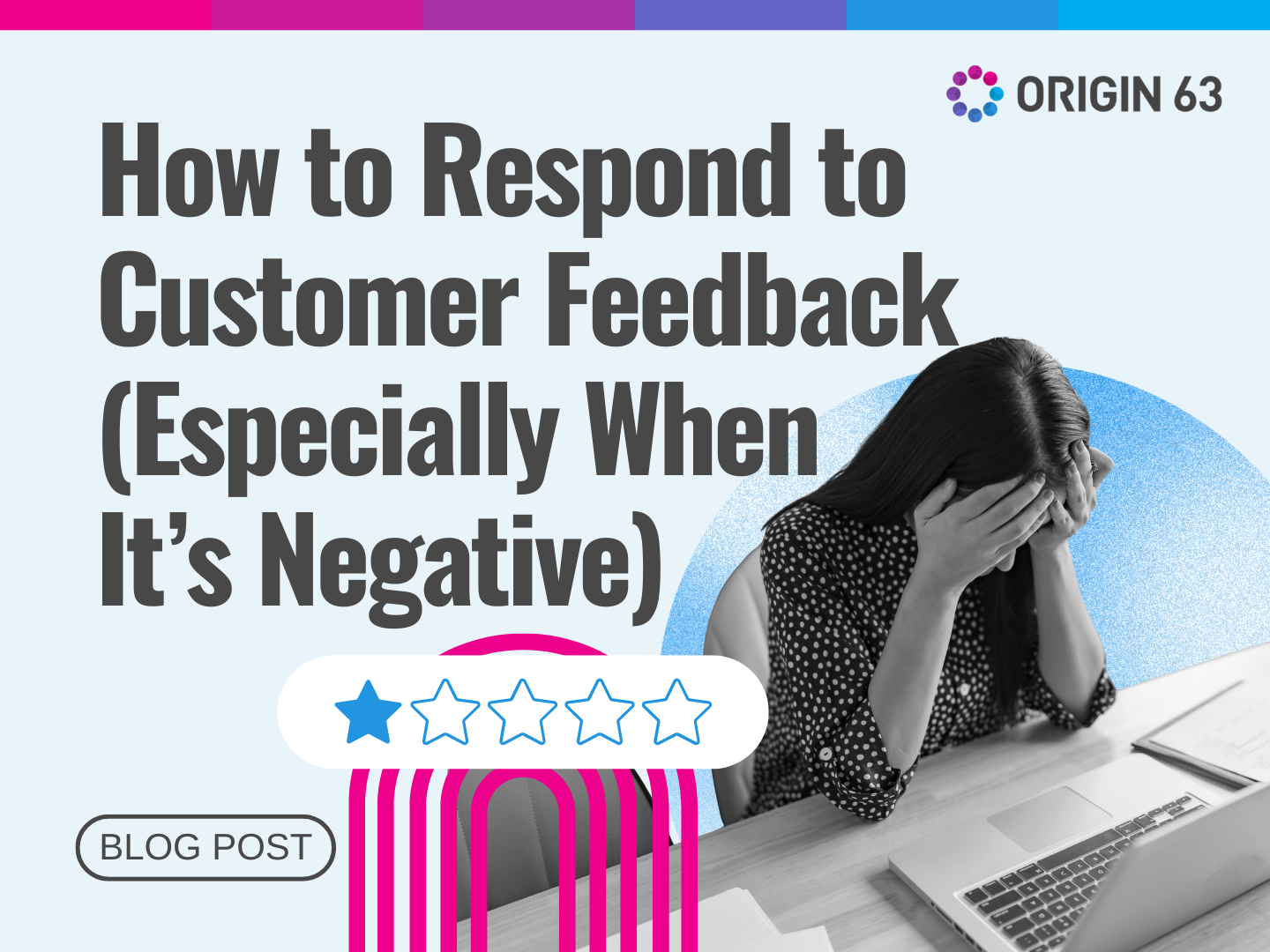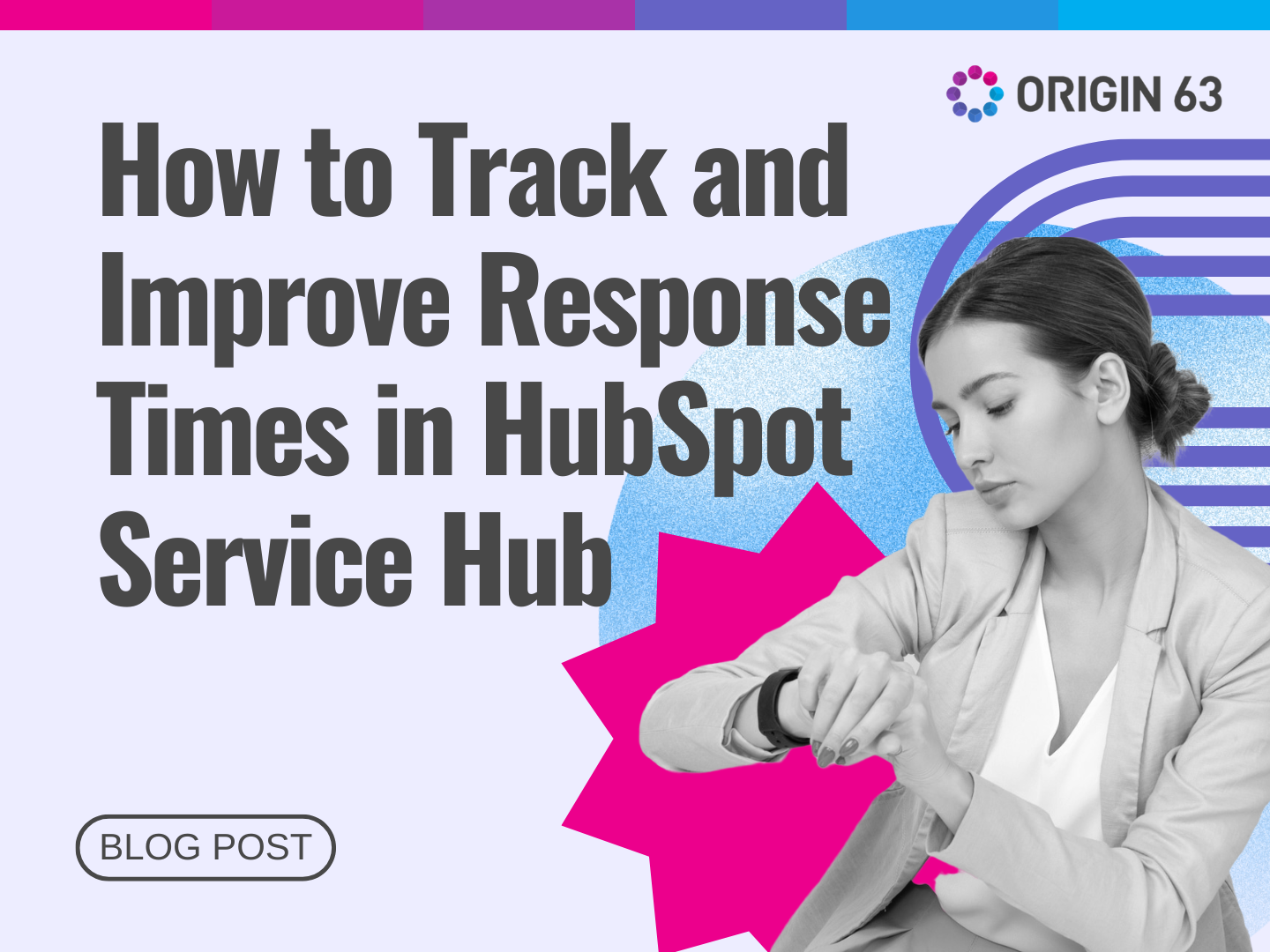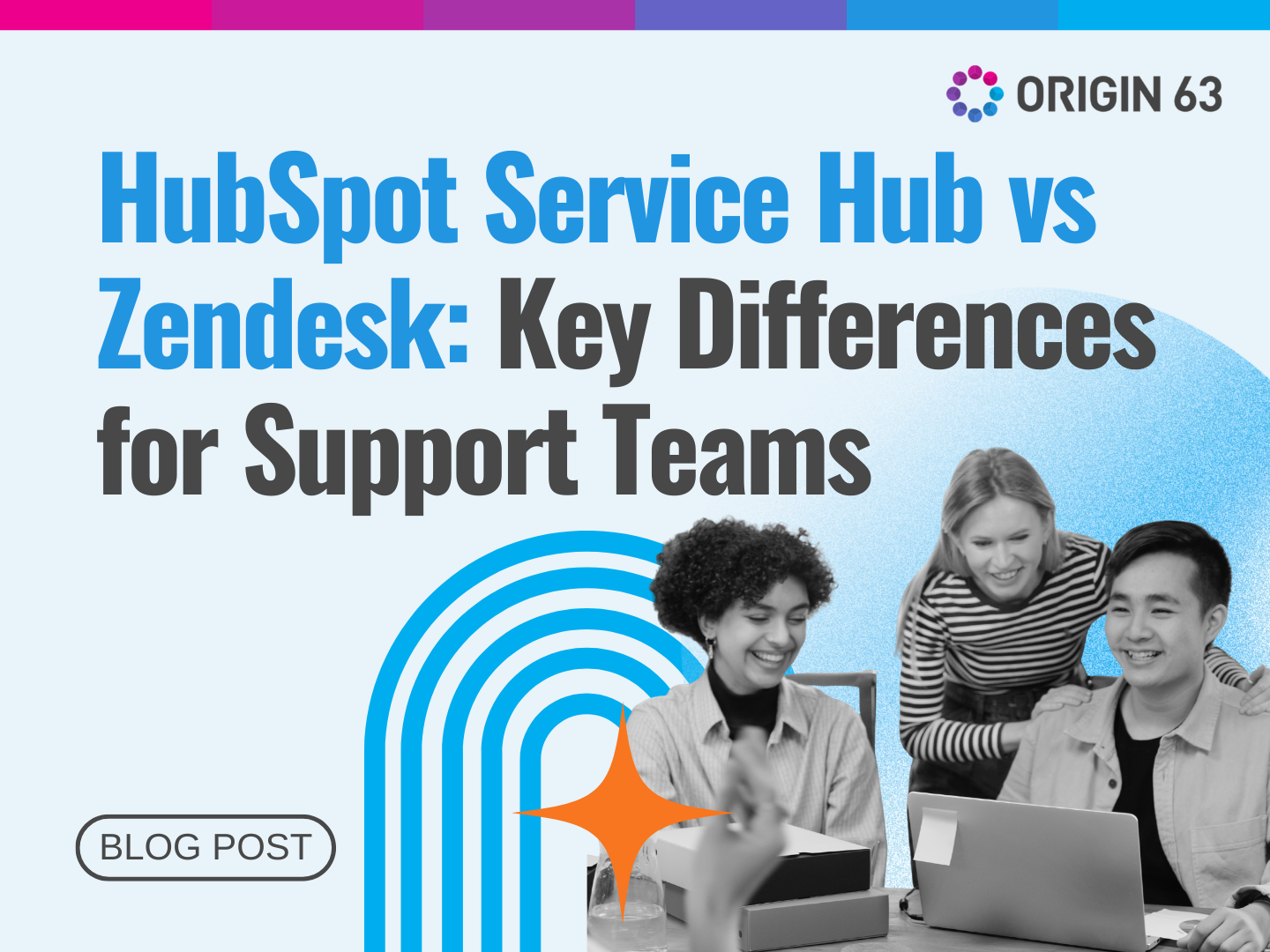Churn is a business’s worst enemy. When customers leave, you lose revenue and future opportunities.
One effective way to tackle this challenge is by using customer health scores. These scores give you a clear picture of how satisfied your customers are, allowing you to identify and engage those at risk of leaving.
Let’s discuss the basics of customer health scores, why they’re essential, and how to use them to improve customer retention and growth.
What Is A Customer Health Score?

A customer health score is a numerical measure of a customer’s relationship with your business. It's like a report card, but instead of grades, it uses a scale to indicate the overall health of that customer relationship.
So, what factors into this score? Well, it looks at things like:
- How actively the customer is using your product
- Their satisfaction and sentiment toward your brand
- The quality of their support interactions with your team
- Whether they're sticking around and renewing their contract
- If they're expanding their relationship with you over time
The specific factors can change depending on your business and industry, but the goal is to create a holistic view of how likely a customer is to continue using your product or service.
Customer health scores are usually on a scale of 1-100 or A-F. Higher scores mean a healthier, more engaged customer.
Why Do You Need Customer Health Scores?
The impact of retention on your bottom line can't be overstated. Research shows that just a 5% increase in customer retention can boost profits by 25% to 95%
Using health scores, you can identify customers who are at risk of churning and take steps to address their concerns or needs before they decide to leave. Here are a few more reasons to measure it:
Get Ahead of Churn
Churn is the silent killer of businesses. But with customer health scores, you can spot the warning signs before a customer jumps ship. This allows you to proactively reach out, address their concerns, and save the relationship.
Prioritize Your Time
Your customer success team only has so many hours in the day. Customer health scores help you triage your efforts, so you can focus more on the accounts that need it most—the ones with lower scores at higher risk.
Make Data-Driven Decisions
The numbers don't lie. Embracing data-driven decision-making through health scores can significantly impact your business outcomes.
Highly data-driven organizations are three times more likely to report major improvements in their decision-making processes. This intelligence can inform everything from product roadmap to marketing strategies.
Strengthen Relationships
When you use customer health scores to monitor your customers' needs, you show that you genuinely care about their success. This fosters stronger, more trusting relationships that are less likely to result in churn.
How to Calculate Customer Health Scores

Calculating customer health scores isn't always as straightforward as we'd like. After all, what makes a "healthy" customer can vary widely across industries and use cases. But don't worry, with some planning, you can develop a scoring system that works for your business.
Here's a simple 5-step process to get you started:
1. Define customer health
The first step is to define what a "healthy" customer looks like for your company. This will serve as the foundation for your scoring model.
Consider factors like product usage, support interactions, renewal rates, and overall satisfaction. What qualities or behaviors indicate a customer is successful and likely to stick around?
For example, a SaaS company might define a healthy customer as one who logs in thrice weekly, has a high customer satisfaction score, and renews their subscription annually.
2. Choose metrics to track
Next, you'll need to identify the specific metrics that will feed into your customer health score. These will likely align with the factors you defined in Step 1. Common examples include:
- Product/feature usage
- Login frequency
- Support tickets opened
- Net Promoter Score (NPS)
- Churn/Renewal Rate
- Expansion Revenue
Select a balanced set of leading and lagging indicators that provide a holistic view of each customer's health.
3. Create a Scoring System
With your metrics in place, you can start building your scoring model. This often involves assigning point values or weights to each factor based on its relative importance.
For instance, you might give product usage a 40% weighting, support interactions a 30% weighting, and NPS a 30% weighting. Then, you'd establish thresholds or ranges for each metric that correspond to a health score on a 1-100 scale.
The result is a formula that generates a single customer health score that reflects the overall state of the relationship.
4. Segment customer data
Once your scoring model is set up, you'll want to apply it to your customer base. This allows you to segment customers into different health tiers—such as "Healthy," "At-Risk," and "Critical"—so you can prioritize your outreach and support efforts accordingly.
Many companies find it helpful to visualize this data in a dashboard, report to spot trends, and identify customers needing attention.
5. Visualize customer health score

Once you've calculated your customer health scores, it’s time to present this data visually, so your team can easily identify at-risk accounts. You can use percentages, color coding, or alphabetical grades.
For example, a score of 85% or A immediately conveys a healthy customer relationship. If you prefer color coding, you can assign red for at-risk, yellow for neutral, and green for healthy.
The best visualization method depends on your specific needs and your team's use of the data. Experiment with different approaches and gather feedback to find what works best for your organization.
How to Measure Customer Health Scores in HubSpot

Now that we've covered the basics of customer health scores and why you need them, let's learn how to track them with HubSpot.
Setting up effective health scores in HubSpot involves identifying the right metrics and indicators and configuring the system to reflect the state of your customer relationships.
1. Identifying Key Metrics and Indicators
The first step is to analyze your customer base and determine which factors best predict success or potential churn. This may involve looking at historical data, conducting customer interviews, or collaborating with your sales and support teams.
Consider quantitative metrics (like login frequency or feature usage) and qualitative indicators (such as survey responses or support ticket volume). For example, if you're a SaaS company, you might want to track things like:
- Login frequency
- Number of features/modules used
- Support ticket volume
- Net Promoter Score (NPS)
- Contract value
Once you've identified the key metrics that matter most for your business, you'll need to prioritize them based on their importance to your customer journey and revenue model.
For instance, if customers who regularly engage with your educational content tend to have higher renewal rates, you may want to weigh content interaction more heavily in your health score calculations.
2. Configuring Health Score Parameters in HubSpot
With your key metrics defined, it's time to set up the actual health score parameters within HubSpot. The platform allows you to assign point values to different customer activities and statuses—positive actions add points, while negative ones subtract points.
For example, you might decide that:
- Daily login: +5 points
- Using a new feature: +10 points
- Opening a support ticket: -2 points
- NPS score of 9 or 10: +15 points
You can then set up thresholds to categorize customers into different health tiers, such as:
- 80-100 points: Healthy
- 50-79 points: Neutral
- 0-49 points: At-Risk
Of course, you can always adjust these point values and thresholds as you learn more about what works best for your unique business model and customer base.
Configure HubSpot's health score functionality to provide a reliable, data-driven view of each customer's well-being. With the right metrics and parameters in place, you'll be able to quickly identify at-risk accounts and take proactive steps to address their needs.
How to Use Customer Health Scores to Increase Retention

A healthy customer is often happy, and happy customers are valuable. 80% of future revenue comes from just 20% of existing customers—the satisfied ones! But now that you know who’s healthy and who’s not, how do you ensure everyone is happy?
Health scores are only valuable if you use them to guide customer success efforts and drive retention.
1. Reviewing Health Score Reports
The first step is actually to start reviewing your health score data. In HubSpot, you can access these reports through the Customer Success Workspace.
This might involve creating a custom dashboard with a high-level view of health score trends across your customer base.
Look for options to:
- Sort accounts by health score
- Filter to see only "at-risk" customers with low scores
- Track health score changes over time for individual accounts
For example, you could build a view that shows all customers with a health score below 50. This would help you quickly identify the accounts needing immediate attention.
2. Analyzing Health Score Data for Insights
But health scores are more than just the numbers—they're a starting point for deeper analysis that can uncover important patterns and opportunities. Here's how to get the most out of your data:
Look for patterns: Are there certain types of customers (by industry, plan, usage, etc.) that tend to have lower health scores? This could help you get ahead of potential churn risks.
Track changes over time: Dig into the details if a customer's score suddenly drops. What changed? Did they stop using a key feature or open a bunch of support tickets recently?
Use scores to prioritize: Don't treat all low-scoring customers the same. Focus your energy on accounts with declining health, as they're most at risk of churning. A score drop from 85 to 70 may need more immediate attention than one from 55 to 40.
Celebrate improvements: When you see a customer's score increase, reach out to congratulate them and learn what's working well. This positive reinforcement can go a long way.
For instance, maybe you notice that customers who regularly attend your monthly product webinars tend to have higher health scores. You could then engage more customers with that content.
Harness Customer Health Scores
Keeping your customers happy and loyal means long-term growth and success. Customer health scores provide a powerful way to proactively monitor the health of your customer relationships and take action before problems arise.
Defining the right metrics, setting up a scoring system in HubSpot, and using the data to guide your customer success efforts dramatically improve retention, reduce churn, and deepen those all-important customer bonds.
Customer health scoring is an iterative process—start simple, then continuously refine your approach based on your learning. Dedication and the right tools can transform your customer relationships and propel your business to new heights.
Ready to Take the Next Step?
If you're ready to start harnessing the power of customer health scores, let the experts at Origin 63 guide you.
As a leading HubSpot Solutions Partner, we'll work closely with your team to identify the key metrics and indicators that matter most for your business, configure HubSpot to measure customer health and integrate health scores into your overall customer success strategy.
Take control of churn and drive long-term loyalty with the help of Origin 63 and HubSpot's customer health scoring tools. Contact us today and schedule a consultation.













.png?width=90&height=90&name=Arrows%20Partner%20Badge-test%20(1).png)

